Mulch on slope? Novice gardener needs help
alleycallie
16 years ago
Featured Answer
Sort by:Oldest
Comments (13)
alleycallie
16 years agolast modified: 9 years agoRelated Professionals
Lowell Landscape Architects & Landscape Designers · Middle Island Landscape Architects & Landscape Designers · Harvey Landscape Architects & Landscape Designers · Elgin Landscape Contractors · Middletown Landscape Contractors · Norwood Landscape Contractors · Choctaw Landscape Contractors · Lantana Landscape Contractors · Longview Landscape Contractors · Mashpee Landscape Contractors · North Richland Hills Landscape Contractors · Wheat Ridge Landscape Contractors · Yukon Landscape Contractors · 07920 Landscape Contractors · Shenandoah Landscape Contractorsbob64
16 years agolast modified: 9 years agoalleycallie
16 years agolast modified: 9 years agovetivert8
16 years agolast modified: 9 years agobob64
16 years agolast modified: 9 years agomelissas
16 years agolast modified: 9 years agoalleycallie
16 years agolast modified: 9 years agostevet3303
15 years agolast modified: 9 years agokimnc7
15 years agolast modified: 9 years agovickey_grow
15 years agolast modified: 9 years agojimbriody01
9 years agocscruton
9 years ago
Related Stories
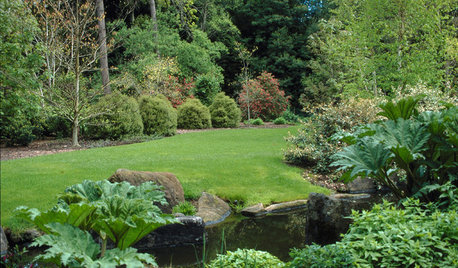
GARDENING GUIDESYou Don't Need Prairie to Help Pollinators
Woodlands, marshes, deserts — pollinators are everywhere
Full Story
GARDENING GUIDESHow to Pick a Mulch — and Why Your Soil Wants It
There's more to topdressing than shredded wood. Learn about mulch types, costs and design considerations here
Full Story
GARDENING GUIDESNew Ways to Think About All That Mulch in the Garden
Before you go making a mountain out of a mulch hill, learn the facts about what your plants and soil really want
Full Story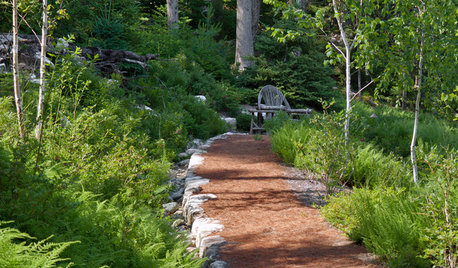
GARDENING GUIDES5 Things to Know About Weeding and Mulching Your Native Garden
What’s the best time to pull weeds? How thick should the mulch be? Here’s the scoop for a healthy landscape
Full Story
GARDENING GUIDESThe Art of Green Mulch
You can design a natural garden that doesn’t rely on covering your soil with wood and bark mulch
Full Story
LANDSCAPE DESIGNNative Plants Help You Find Your Garden Style
Imagine the garden of your dreams designed with plants indigenous to your region
Full Story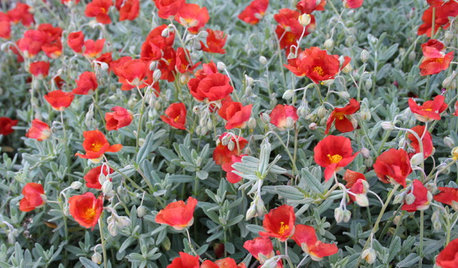
GARDENING GUIDESGreat Design Plant: Sunrose Dazzles on Dry Slopes
Abundant blooms and attractive foliage make this plant a welcome sight in sunny, well-drained spots
Full Story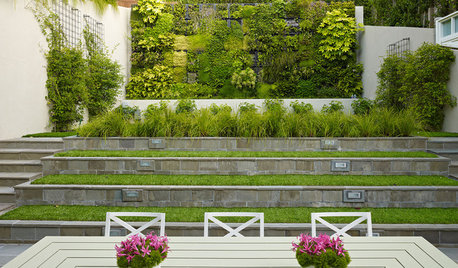
LANDSCAPE DESIGN11 Design Solutions for Sloping Backyards
Hit the garden slopes running with these bright ideas for terraces, zones, paths and more
Full Story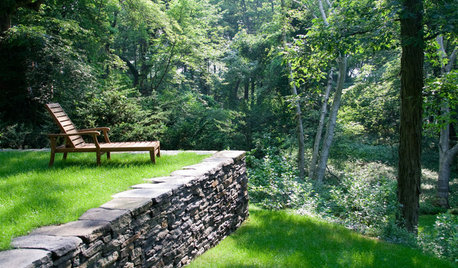
LANDSCAPE DESIGNWhat the Heck Is a Ha-Ha, and How Can It Help Your Garden?
Take cues from a historical garden feature to create security and borders without compromising a view
Full Story
FARM YOUR YARDThe 8 Tools That Help Bring the Farm to Your Table
Vegetable gardeners get a big assist from these essential helpers
Full StorySponsored
Columbus Area's Luxury Design Build Firm | 17x Best of Houzz Winner!






bob64